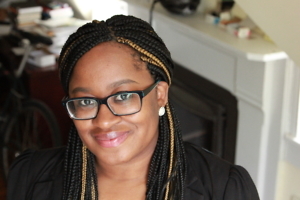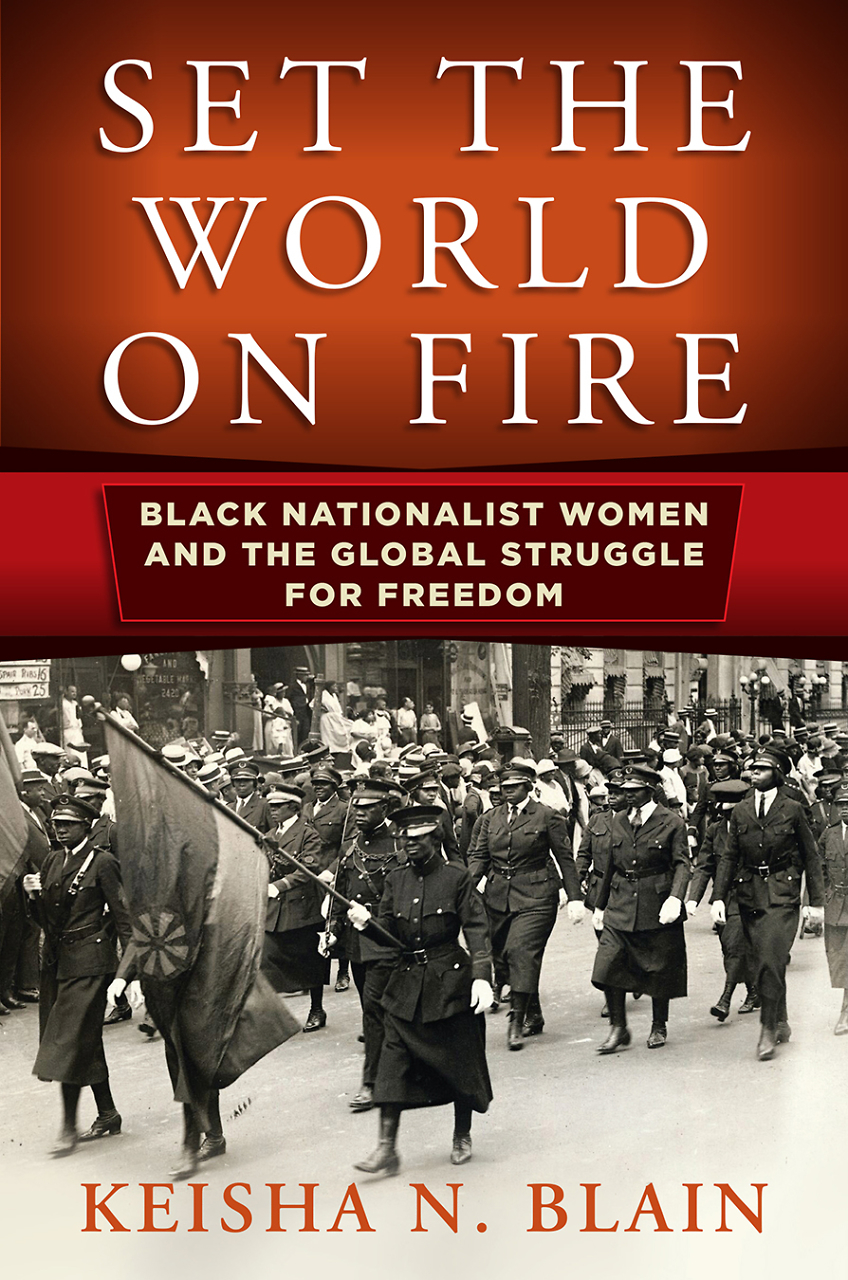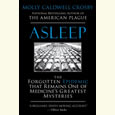Writing Back to Charlotte Brontë
Margot Livesey talks with Chapter 16 about The Flight of Gemma Hardy, a novel inspired by Jane Eyre
Margot Livesey first encountered Jane Eyre as a lonely nine-year-old, living at a remote Scottish boys’ school where her father taught. She was prompted to pull the book off the shelf because it had a girl’s name on the spine. She immediately fell under the spell of Jane Eyre’s orphan heroine, and the book remained deeply important to her even as she went on to write acclaimed novels of her own. In J. Peder Zane’s The Top Ten: Writers Pick Their Favorite Books (2007), Jane Eyre tops Livesey’s list, ahead of Nabokov’s Lolita and Flaubert’s A Simple Heart.
After a book club meeting where she was struck by the participants’ near-universal identification with Jane Eyre, Livesey decided to write a response to the 1847 classic, re-creating Jane as a young woman coming of age in 1960s Scotland. The Flight of Gemma Hardy, like Jane Eyre, forces its heroine to contend with cruelty, poverty, and difficult love, but Livesey’s Gemma ultimately travels a less conventional path than Brontë’s creation. Livesey, with her characteristically fluid prose and the psychological insight for which she has been widely praised, gives us a thoroughly believable twentieth-century character who stands on her own, even as she refers back to her nineteenth-century counterpart.
Livesey’s previous novels include Eva Moves the Furniture and The House on Fortune Street, and she has also published a collection of short stories, Learning by Heart. She has taught creative writing at a number of institutions including the Iowa Writers’ Workshop, Boston University, and Warren Wilson College, and she is currently Distinguished Writer in Residence at Emerson College in Boston. She regularly serves on the faculty of the Sewanee Writers’ Conference. Livesey will appear at the Southern Festival of Books in Nashville, October 12-14. She answered questions from Chapter 16 by email.
 Chapter 16: Writing a response to a classic work you love seems like a task that could be either tremendous fun or fraught with anxiety. Did you fret at all about failing the spirit of a book that had been very important to you? Or did you just have a good time recasting the story?
Chapter 16: Writing a response to a classic work you love seems like a task that could be either tremendous fun or fraught with anxiety. Did you fret at all about failing the spirit of a book that had been very important to you? Or did you just have a good time recasting the story?
Livesey: You’d have to be an idiot not to fret about writing in the shadow of a novel that has never been out of print since it was published in 1847. That said, I understood fairly early on that I was not attempting a faithful retelling of the story as, for example, Jane Smiley does [with Shakespeare’s King Lear] in A Thousand Acres. I wanted to ask the same great question as Brontë does—how can a girl of no means, and no family that she knows of, make her way in the world—but I also wanted Gemma to be very much her own woman. I wanted to write a novel that could be enjoyed both by readers who shared my love of Jane Eyre and those who’d never opened the book. Once I’d decided there would be no attics in The Flight of Gemma Hardy I began to have a good time.
Chapter 16: There are other stories of orphans and plucky heroines, but Jane Eyre seems to have a special appeal for bookish girls and young women. What is it about Jane’s voice that makes her so compelling to them? Did you deliberately try to re-create that quality in Gemma?
Livesey: Before she wrote Jane Eyre Charlotte wrote a novel called The Professor, which was a version of the teacher/pupil relationship told from the point of view of a man, and mostly set in Belgium. The novel was rejected by a number of publishers as too quiet. This was in the same period as her sisters’ novels—Wuthering Heights and The Tenant of Wildfell Hall— were being accepted, and that must have been very hard for Charlotte. Undaunted, she circled back to the older man/younger woman material from a different angle and allowed herself to borrow from her own life, and to use a much more intimate first-person voice, a voice capable of great passion and great poetry. She also, perhaps unwittingly, made Jane embody two of our great archetypes: the orphan and the pilgrim.
I did, of course, try to give Gemma some of Jane’s appeal. I wanted her to be a character about whom readers would care passionately. And I wanted her to be a heroine, which, to me, means that she has to fight dragons and confront many dangers.
Chapter 16: Like Jane Eyre, The Flight of Gemma Hardy is a book that can be enjoyed by a wide range of readers, from early teens on up. Did you craft it with that in mind? Have you heard from younger readers who have enjoyed it?
Livesey: What a lovely question. I read passionately as a child and a teenager, and I still remember vividly a number of the books I read during those years; I entered into them so fully. I have heard from a number of younger readers, and that’s been very gratifying. They are passionately on Gemma’s side.
 Chapter 16: Gemma’s Icelandic roots create some lovely grace notes in the book, and they make Gemma a true outsider in a way that Jane Eyre was not. What inspired you to use Iceland as a secondary setting?
Chapter 16: Gemma’s Icelandic roots create some lovely grace notes in the book, and they make Gemma a true outsider in a way that Jane Eyre was not. What inspired you to use Iceland as a secondary setting?
Livesey: I wanted to make clear to the reader that Gemma was not simply a 1960s Jane, and I thought a good way to do that was to give her a non-Scottish part to her life. I chose Iceland because it used, along with much of Scotland, to be part of the old Viking Empire. It also struck me as a very romantic country with its volcanoes and puffins and wild horses and sagas. Even now, over half the population claims to believe in the existence of elves.
Chapter 16: The Flight of Gemma Hardy ends on a different note than Jane Eyre—still happy and romantic, but more in keeping with the feisty, independent character of the heroine. Did you begin the project intending to leave Gemma in a different place, or did she land there on her own?
Livesey: The last chapter of Jane Eyre opens with what is surely one of the most famous sentences in nineteenth-century literature: “Reader, I married him.” I knew from the start that I didn’t want Gemma to utter that sentence, but it took me a while to figure out where she would end up, or to be more precise, where the book would leave her. In some sense Gemma’s journey is just beginning in the last chapter.
Chapter 16: Gemma’s story takes place in the 1950s and 1960s. Why did you choose not to set it in the present day? Could you tell the story of a wise innocent alone in the world in the twenty-first century, or is the contemporary world too regulated, jaded, and wired up?
Livesey: I did at first think of setting Gemma much closer to the present but finally decided on the 1960s for several reasons. I wanted, like Charlotte, to be able to steal from my own life. Perhaps more importantly, I wanted to set the novel just before the great tide of feminism broke over both Europe and the States. Readers would know, even though Gemma doesn’t, that she’s growing up into a time of many more opportunities for women.
I do think that one could set the story of the wise innocent—lovely phrase!—in the twenty-first century, but that it would require some careful thinking about technology.
Chapter 16: You first encountered Jane Eyre when you were nine years old, and it has obviously remained dear to your heart. Do you think it helped create a love of language and storytelling in you? What other books did you fall in love with early on?
Livesey: Jane Eyre did help to make me love stories although I confess as a young reader I was oblivious to the accomplishments of the voice. I loved all those girls’ books—Daddy Long-Legs, Heidi, Anne of Green Gables, Pippi Longstocking, What Katy Did—but I also read, almost without distinction, boys’ books—Kidnapped, Treasure Island, Thirty-Nine Steps. Part of reading, for me, was feeling like I could be anyone.
Chapter 16: Can you tell us about new projects you’re working on?
Livesey: I’m trying to write a novel set in New England, where I have lived on and off for much of the last thirty years. In some ways this strikes me as almost more outrageous than writing back to Charlotte Brontë.
Margot Livesey will discuss The Flight of Gemma Hardy at the twenty-fourth annual Southern Festival of Books, held October 12-14 at Legislative Plaza in Nashville. All events are free and open to the public.




